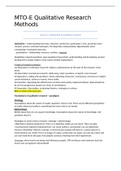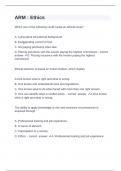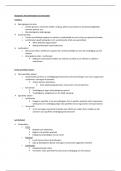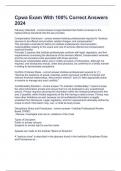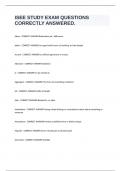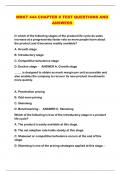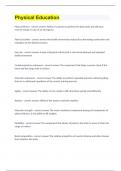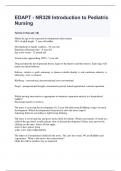College aantekeningen
Qualitative research methods (424012-B-6)
- Vak
- Instelling
Compacte maar duidelijke aantekeningen over het vak Qualitative research methods (tilburg university). In 1 keer gehaald door de uitgebreide, zelfgemaakte aantekeningen bij alle hoorcolleges. Vooral veel begrippen en theorieën. Ik doe zelf jaar 2 van de bachelor personeelwetenschappen. Ook wel MTO...
[Meer zien]
